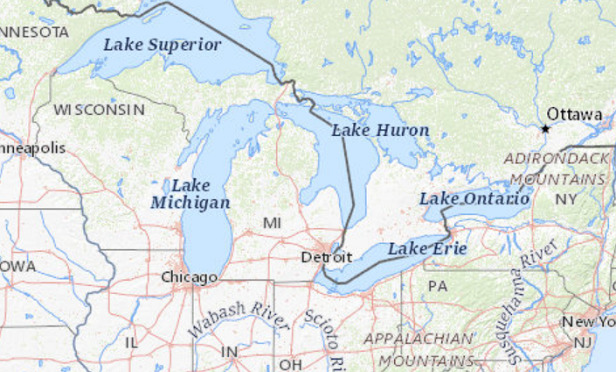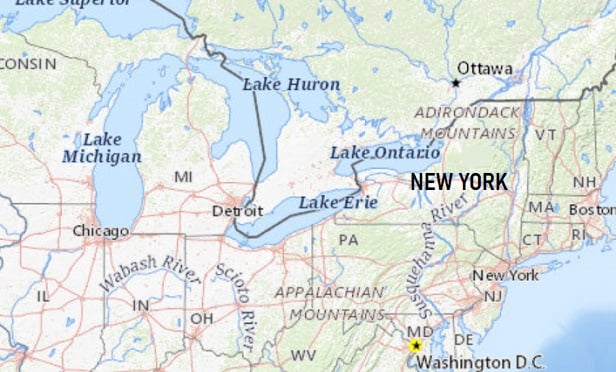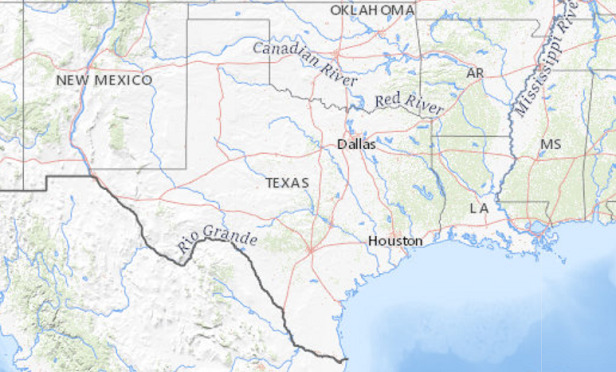The COVID-19 pandemic may have increased U.S. group term life insurance mortality 12.9% over the expected level from April through August, according to the Society of Actuaries’ Group Life Experience Committee.
That compares with an excess death percentage of 21.9% for the U.S. population as a whole, the SOA committee found.
The committee put those the COVID-19 mortality figures in a new report based on a survey of 20 of the 21 carriers in the U.S. group life market.
(Related: Globe Life Is Assuming 160,000 2021 COVID-19 Deaths)
The SOA is a Schaumburg, Illinois-based group for actuaries, or people who have shown they can handle the statistics needed to analyze mortality, longevity, life insurance, annuities, pension plans, and other related topics and products.
The committee asked the participating insurers for group term life claim data for the entire period from 2017 to the present. It used the data from before the pandemic started to come up with estimates of what mortality figures might have looked like from April through August if the pandemic had not occurred.
The participating insurers generated $70 billion in premiums over the three-year period included in the data, and the SOA committee estimates those insurers had a 90% share of the U.S. group life market.
The insurers received 1.4 million life insurance death claims over the entire three-year study period. They sent the SOA committee information 16,740 claims listing COVID-19 as the cause of death.
The mortality report included death claims for about 9.3% of the 180,000 Americans who died of COVID-19 from April through August.
The committee says in the survey report that its members worked quickly and that death claim records for July and August are still incomplete.
Claim Counts
The SOA committee found that, based on the group term life claim records they were able to get, the number of insured deaths occurred in the first quarter was 3.1% lower than expected.
In the second quarter, after the pandemic flared up, the number of deaths was 13.5% higher than expected.
In July and August, the number of deaths was 11.9% higher thethan expected.
Claim Amounts
The gap between the actual amount of death benefits paid and the expected amount was bigger than the gap between the actual and expected number of deaths.
Group term life death benefit payouts were at 100.1% of the expected amount in the first quarter, 120.1% of the expected amount in the second quarter, and 129.3% of the expected amount in the third quarter
Occupational Matters
For group term life insureds, COVID-19-related mortality is about the same for insureds ages 0 to 44 as it is for insureds ages 45 to 65, according to the SOA.
For the first eight months of this year, actual mortality has been 2% higher than expected for blue collar workers, 6% higher than expected for gray collar workers, and 17% higher than expected for white collar workers.
Age Issues
When the SOA committee looked at group term life mortality broken down by age, they found that the absolute number of excess deaths of workers under 45 has been low. Only 8% of the COVID-19 death claims in the SOA survey were for workers under 45.
But the mortality rate for younger workers usually is very low, and the pandemic seems to have multiplied the odds of younger workers dying about as much as it’s multiplied the odds of older workers dying.
For the policies and claims in the SOA survey, the ratio of actual deaths to expected deaths has been about the same for workers ages 0 to 44 and for workers ages 45 to 64.
In the third quarter, for example, the excess mortality percentage was 1% for workers ages 65 to 99, 29% for workers ages 45 to 64, and 27% for workers ages 0 to 44.
— Read COVID-19 Might Have Caused $2 Billion in U.S. Life Claims So Far, on ThinkAdvisor.
— Connect with ThinkAdvisor Life/Health on Facebook, LinkedIn and Twitter.







 December 18, 2020 at 09:10 AM
December 18, 2020 at 09:10 AM
















 Slideshow
Slideshow





